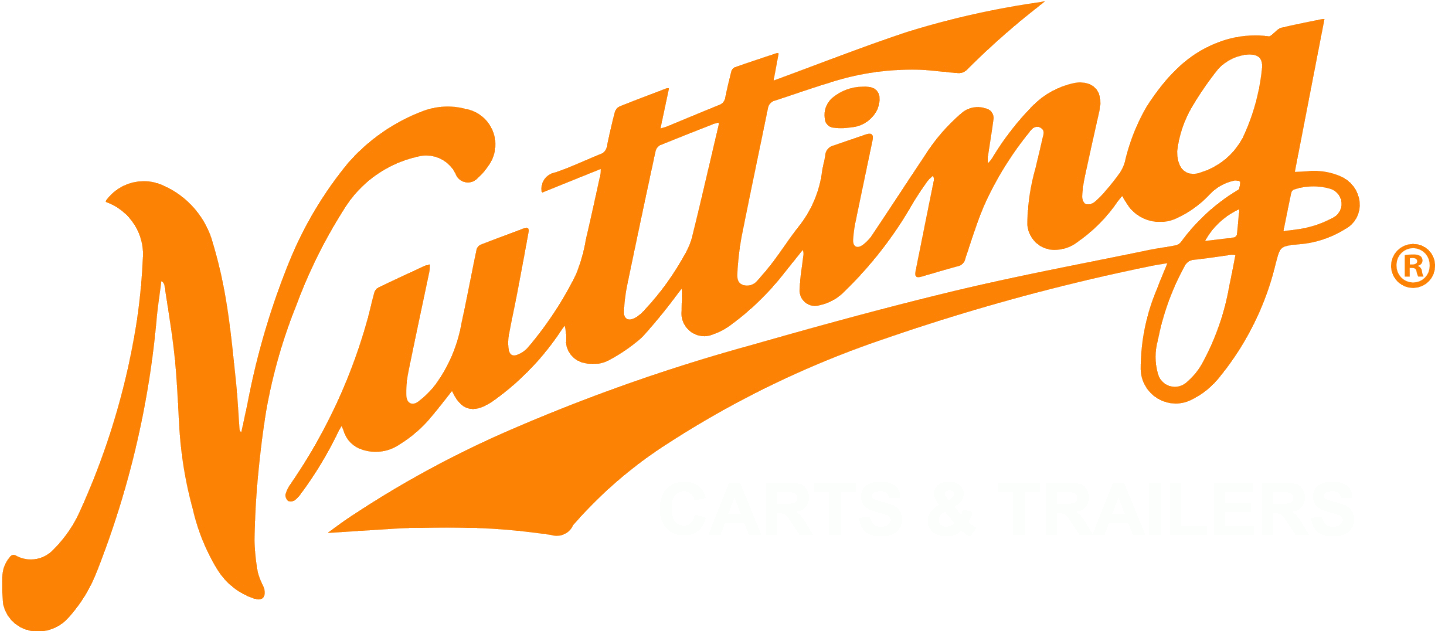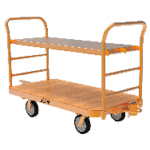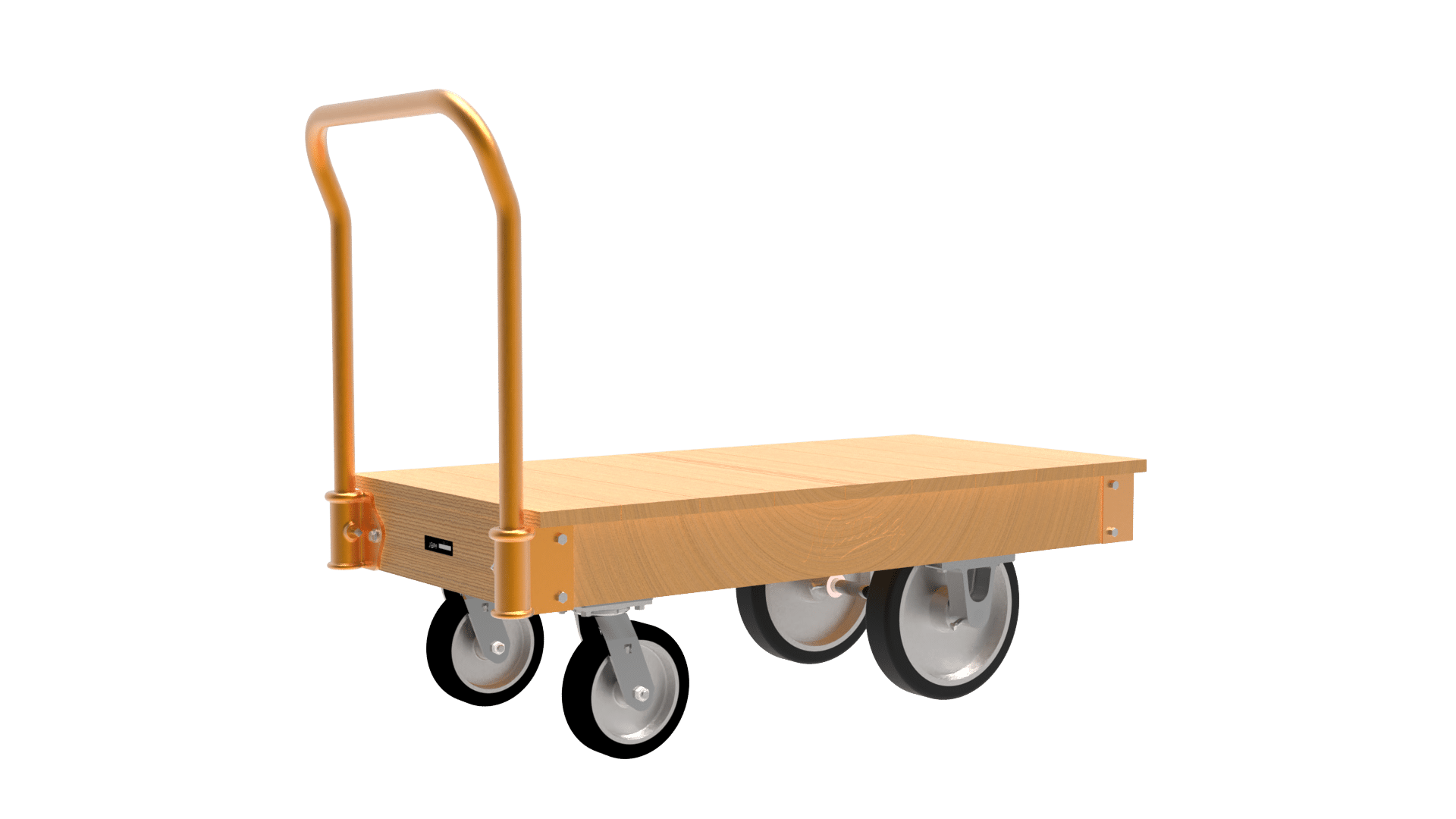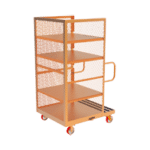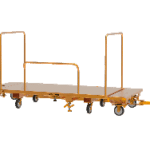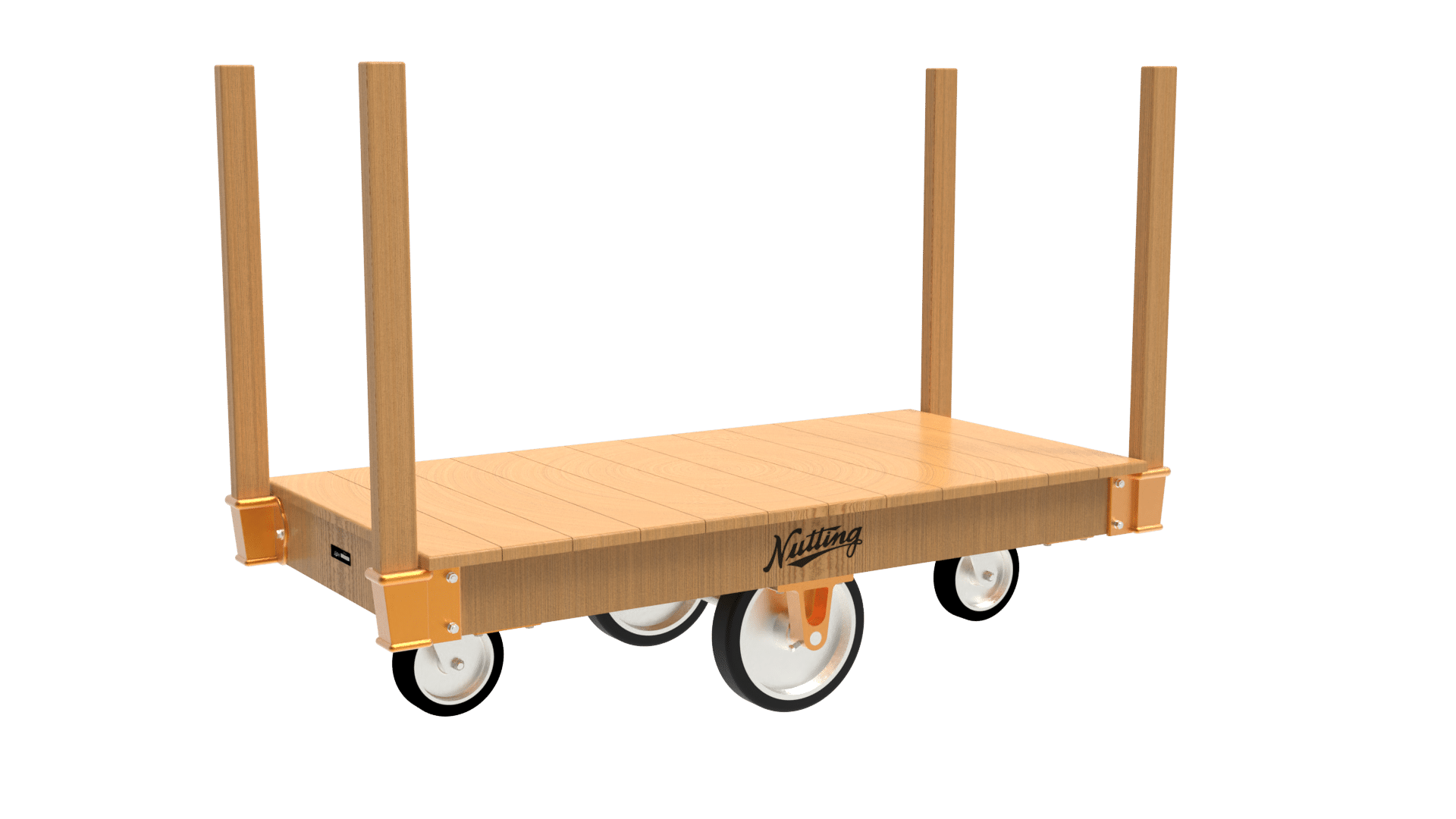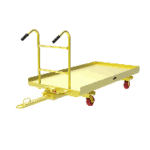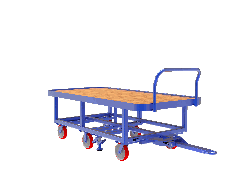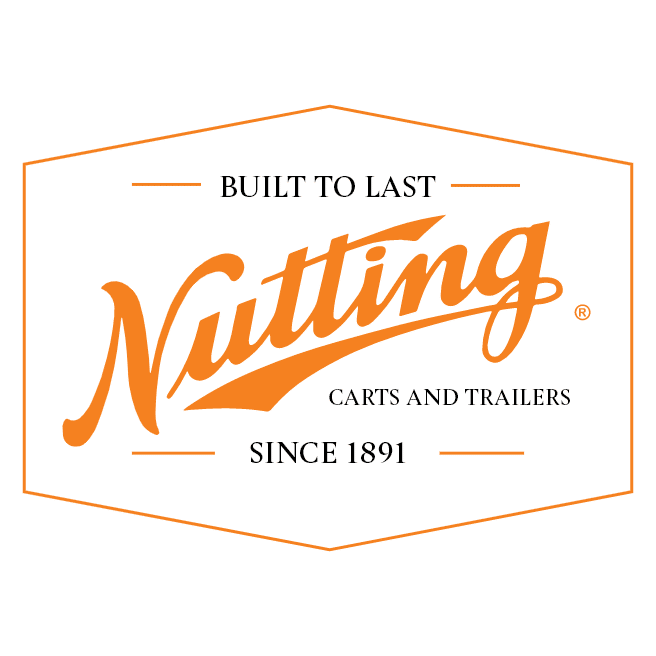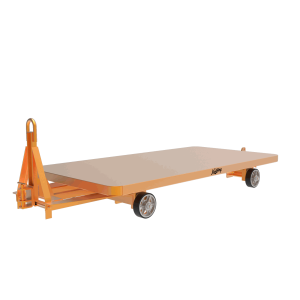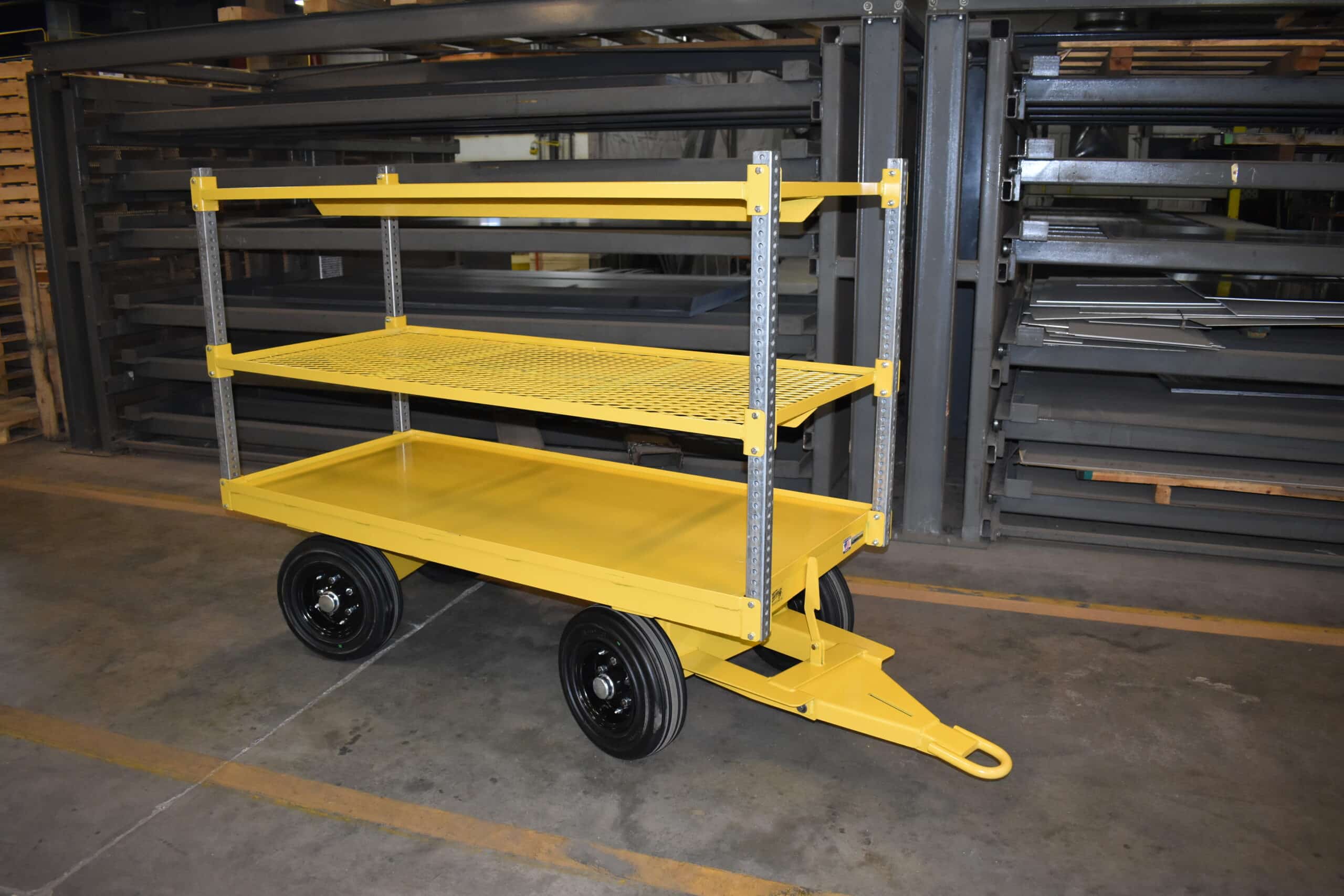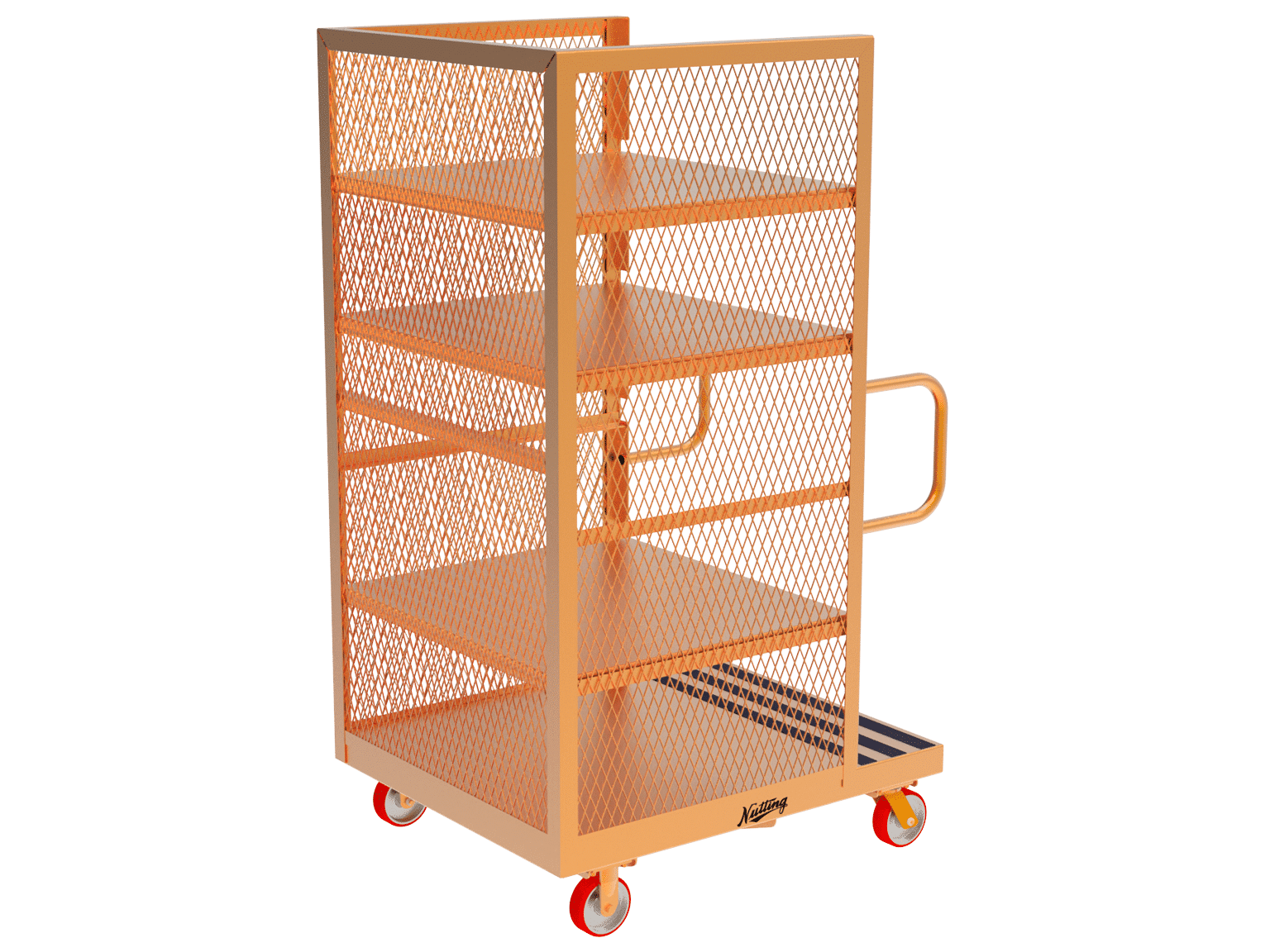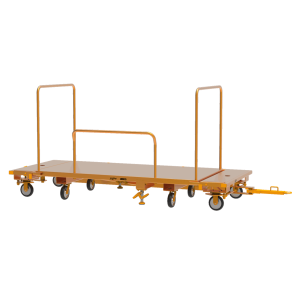Lean warehousing eliminates waste, boosting efficiency and profitability. It includes continuous improvement, process standardization, and custom equipment use.
The concept of lean warehousing is an optimization revolution that’s creating waves in traditional warehousing and supply chain management, propelling them into an era of streamlined operations and boosting profitability.
Lean warehousing represents a systematic approach to eliminating waste, overstocking, and inefficiency, ensuring that every operation adds value to the end product. Whether it’s the intricacies of warehouse layout, the rigor of team training, or the precise application of custom-built material handling equipment like carts, lean warehouse management is a holistic endeavor.
By studying lean warehouse examples, businesses of all sizes can glean invaluable insights into how these principles work in the real world. They can then apply these lessons to their own warehouses, transforming them from mere storage facilities into key strategic assets that enhance profitability and competitive advantage.
Custom-built carts are one such game-changer, allowing businesses to reduce breakage, spoilage, and waste by using equipment that meets their facility’s unique needs. They reflect the lean principle of “kaizen,” or continuous improvement, by allowing businesses to make continuous changes to optimize their operations incrementally and consistently.

Understanding Lean Warehousing
Lean management has a long history, but James Womack and Daniel Jones popularized it in the late 1990s. The five key principles that laid the foundation for lean management were outlined by the pair in their book Lean Thinking:
- Value: This principle emphasizes the importance of understanding exactly what the customer values in a product or service. It’s about seeing the product or service through the eyes of the customer and understanding their needs. Every process and action in production should aim to add this value.
- The Value Stream: Once the value is identified, this principle deals with value stream mapping the entire process, from raw materials to the hands of the customer, highlighting every step that contributes to the creation of the product. Doing this makes it easier to spot and eliminate any non-value-adding steps or “waste.” Waste can be in the form of excess inventory, unnecessary transportation, waiting times, etc.
- Flow: After waste is removed from the value stream, the production process should be streamlined such that products flow smoothly from one process to the next without interruptions or delays. This ensures that the product reaches the customer as quickly as possible, with minimized overhead and storage costs.
- Pull: Traditional manufacturing systems might produce based on forecasts, creating stockpiles of products. However, the ‘pull’ principle suggests that products should be produced only when there’s a demand for them. This reduces the risk of overproduction and excess inventory, leading to reduced costs and ensuring that products are always fresh or up-to-date.
- Perfection/Continuous Improvement (Kaizen): This principle encourages a culture where employees are always looking for ways to improve the process, no matter how small. The idea is that there’s always room for improvement. Organizations can adapt to changes more efficiently, improve product quality, and reduce costs by continuously seeking perfection.
The car manufacturer Toyota has embraced the principles of lean manufacturing since as far back as the 1950s, but in 2001, they formalized their lean standardized processes into what they call the Toyota Production System. In their book The Toyota Way, they explain the seven types of waste (Muda) that Lean Thinking refers to in its second principle:
- Transport: Unnecessarily or inefficiently transporting products or raw materials can lead to delays, product damage, and increased costs. Minimizing transportation by optimizing layout and flow can reduce these risks and lead to quicker delivery times.
- Inventory: Having excess Work In Progress (WIP) or finished products that aren’t being processed ties up capital, requires storage space and can lead to product obsolescence. Lean principles advocate for a Just-In-Time (JIT) approach where inventory is kept at its minimum necessary level.
- Motion: Excessive or unnecessary movement of people or equipment can lead to inefficiencies, increased wear and tear, and even safety hazards. Lean emphasizes ergonomics and streamlined workspaces to minimize unnecessary motion.
- Waiting: Time wasted between processing steps can lead to longer production times and increased costs. It can also result in products or materials deteriorating if they’re not processed in time. Streamlining processes and ensuring smooth flow can reduce or eliminate waiting times.
- Overproduction: Producing more than what is demanded by the market ties up resources and leads to excessive inventory. Overproduction can also mask inefficiencies in the system, as excess products can be used to meet shortfalls in production. Overproduction can be avoided by producing based on demand (the ‘pull’ system).
- Overprocessing: Adding more value to a product than what the customer requires or is willing to pay for can lead to wasted materials and time. Lean thinking emphasizes understanding customer needs clearly and avoiding unnecessary embellishments or processes.
- Defects: Errors or faults in products can lead to customer dissatisfaction, returns, and the need for rework. Detecting defects late in the process can be costly. Lean emphasizes quality at the source, where errors are detected and corrected as early as possible in the process.
Toyota‘s identification of these seven wastes and its systematic approach to eliminating them has been one of the core reasons behind its global success and efficiency in manufacturing. The Toyota Production System serves as a guiding light for many companies looking to implement lean practices.

Unpacking Practical Wearhouse Examples Of The Lean Methodology
While specifically designed for the manufacturing process, the heart of lean methodology—eliminating waste, increasing value, and improving flow—is highly relevant within the warehousing sector. The challenges of storage optimization, inventory control, and streamlined operations present numerous opportunities for the application of lean. Here are a few examples of how these principles play out in the warehouse setting:
A Kanban System for Reorder Points
Situation: A warehouse constantly ran out of certain popular items, causing delays in fulfilling orders.
Lean Solution: A two-bin Kanban system was set up for high-demand SKUs. When the first bin was empty, it acted as a signal to reorder or restock from the back storage while using items from the second bin. This ensured the continuous availability of stock items without overstocking.
5S Methodology in a Picking Area
Situation: Workers in the picking area were wasting time searching for items due to disorganized shelves.
Lean Solution: The 5S system was applied. Items were sorted, removing unnecessary ones. Shelves were organized and labeled clearly (Set in order). Regular cleaning schedules (Shine) were made. A standardized method of keeping items was taught to all (Standardize), and periodic checks ensured the maintenance of this new system (Sustain).
Takt Time for Packing Stations
Situation: During peak times, packing stations became bottlenecks, causing delays in shipping.
Lean Solution: By calculating the takt time (the rate at which products need to be packed to meet demand), packing stations were adjusted to work at optimal pace, and additional temporary stations were set up during peak times to accommodate the increased demand.
Error Proofing in the Order Verification Process
Situation: The warehouse often shipped incorrect quantities due to manual counting errors.
Lean Solution: A poka-yoke system was implemented using weight sensors. Each order was weighed before shipping, and the weight was matched against a predefined standard. Any discrepancies were flagged immediately, ensuring that order quantities were accurate before shipping. This also had the add-on effect of reducing the need for time-intensive physical count audits.
Visual Management for Storage Bins
Situation: It was difficult to identify which bins were for which items, leading to misplaced inventory.
Lean Solution: A visual management system was introduced. Each bin was color-coded based on the type of product it contained. Large, clear labels with both text and pictures of the item were attached to the front. A map of the warehouse floor indicating where each type of product should be stored was displayed prominently. This reduced the time spent searching for items and reduced misplacements.
Tugger Carts for More Efficient Movement
Situation: In a large warehouse, using forklifts and off-the-shelf carts to move pallets of goods from the receiving dock to storage areas and then to the packing stations was inefficient. The carts were not tailored to the various load types, which required ineffective packing. This resulted in multiple trips to avoid breakage, inefficient cart space utilization, and increased warehouse traffic. This movement inefficiency created bottlenecks, especially during peak times, resulting in delays in processing incoming shipments and fulfilling outgoing orders.
Lean Solution: The warehouse introduced tugger carts specifically designed for different load types. These carts streamlined the transportation process within the warehouse. Their specific design ensured that goods fit snugly, optimizing the space on each cart and reducing the number of trips needed. Their smooth maneuverability also reduced traffic congestion within the warehouse aisles.
Putaway Process Improvement
Situation: A distribution center for electronic goods experienced delays in storing new shipments, often leading to misplaced items and inefficient storage.
Lean Solution: The center streamlined its putaway process by:
- 1. Promptly inspecting and categorizing inbound goods.
- 2. Using a warehouse inventory management system to determine optimal real-time storage locations.
- 4. Training workers on efficient movement paths.
- 5. Introducing adjustable racking systems for better space utilization.
Each of these examples showcases how lean principles can be applied in practical situations in a warehouse to increase efficiency, reduce waste, and improve overall operational effectiveness.
Achieving Operational Excellence with Lean Warehousing
Lean principles of waste reduction, continuous improvement, and respect for people form the backbone of a lean warehouse. They foster a culture that continually strives for perfection and sustains improvements in the long run.
Lean warehousing infuses warehouse operations and workflows, no matter how small, with efficiency and responsiveness. It enables warehouses to adapt to changing customer demands swiftly and effectively. By reducing waste (muda), it streamlines operations, ultimately leading to an increase in efficiency. This, in turn, reduces operational costs, which can be significant in a sector where margins are often tight.
But remember, becoming a lean warehouse is a journey of many small improvements, not an overnight transformation. Embrace lean tools, adapt them to your unique circumstances, and build a culture of continuous improvement. With commitment, the results will follow, enabling you to achieve operational excellence.
In your quest for lean warehousing, consider incorporating custom Nutting carts and trailers to help improve your operations. Known for durability and dependability, our products are designed to meet the needs of your lean warehouse and support your pursuit of operational excellence. Learn more about Nutting products and explore their potential.
